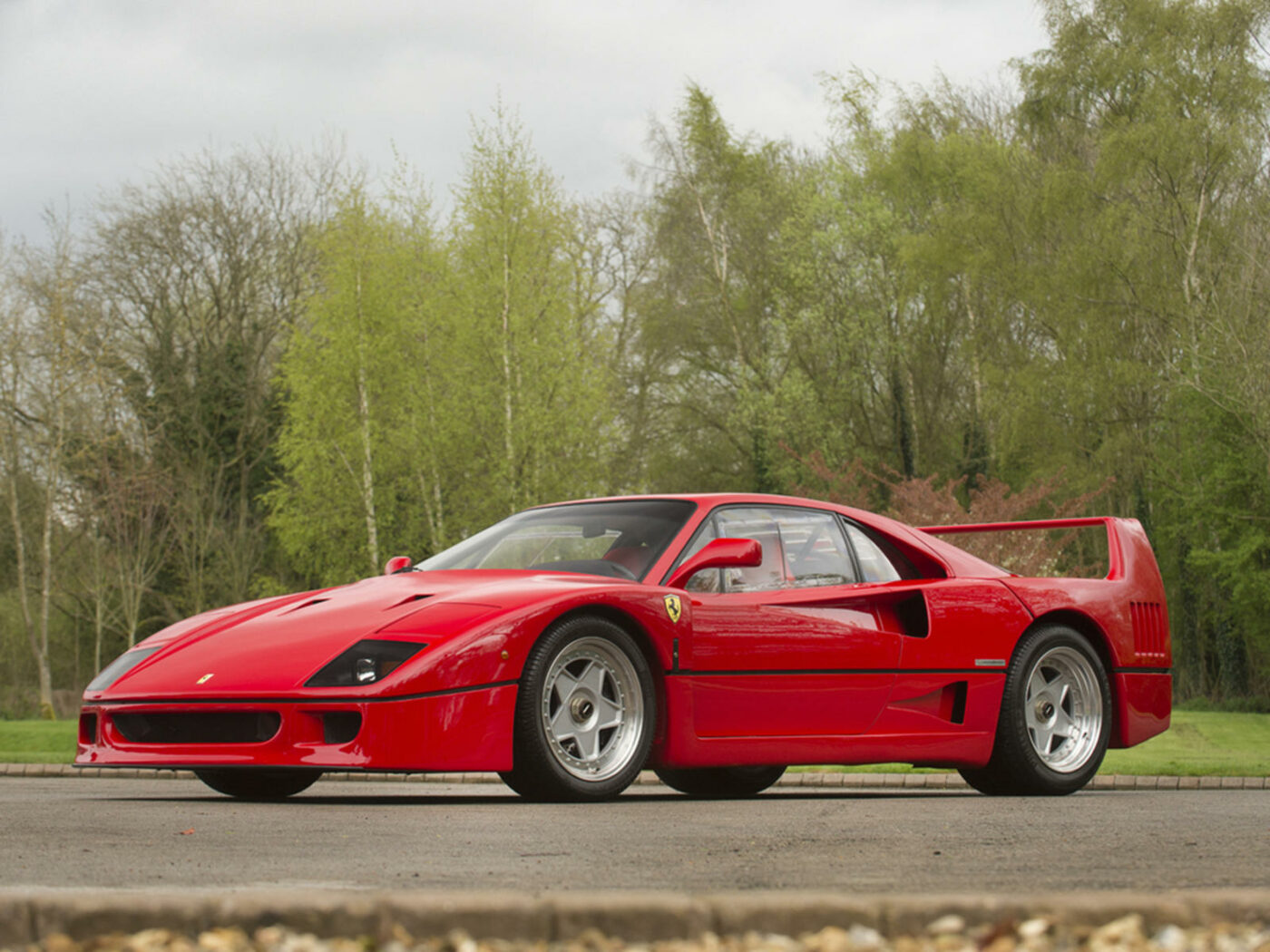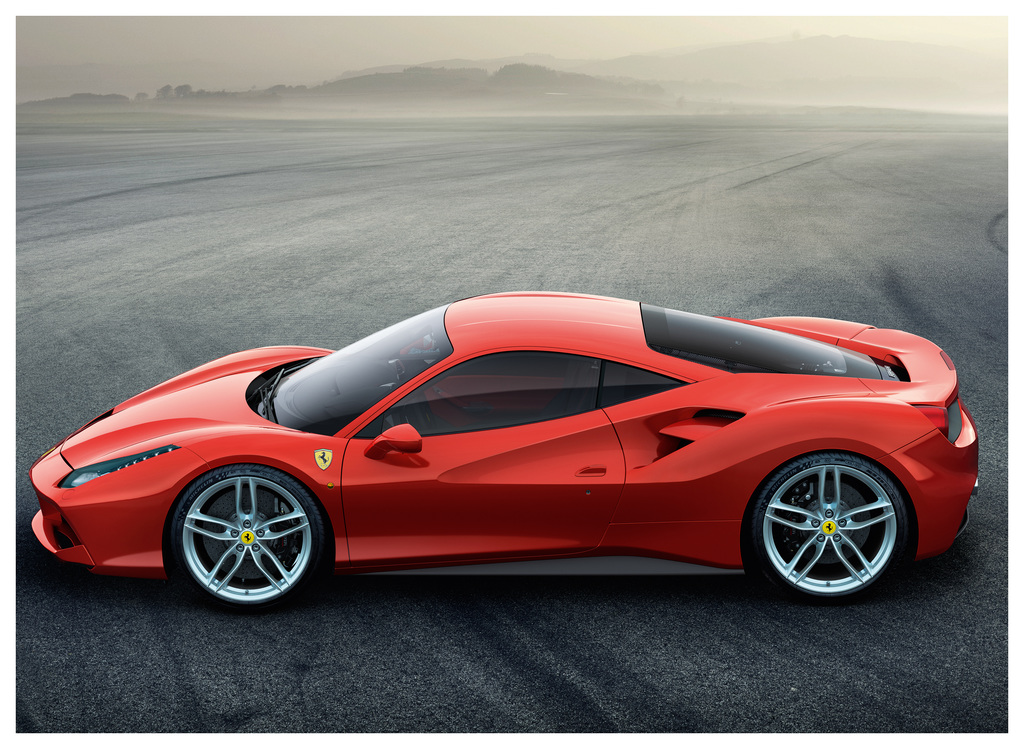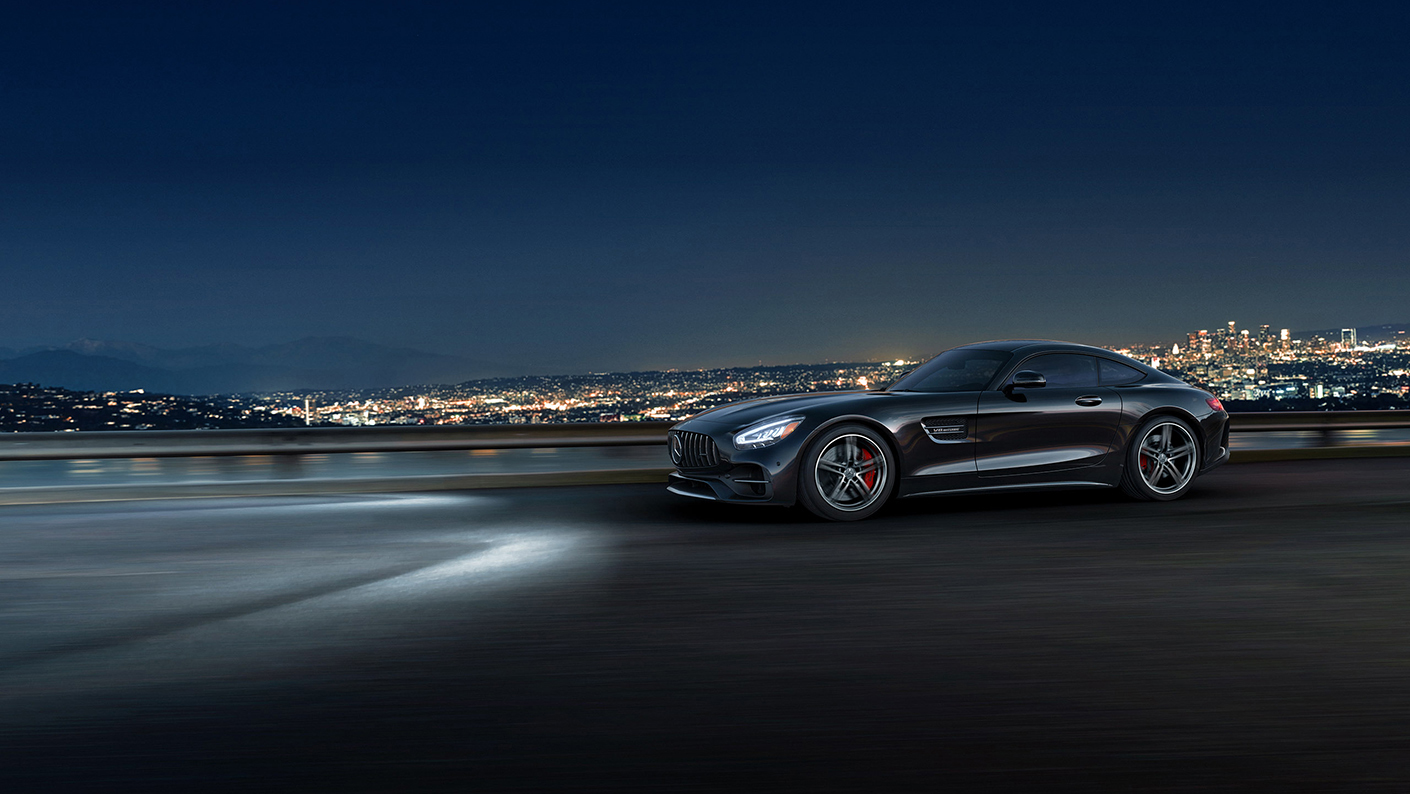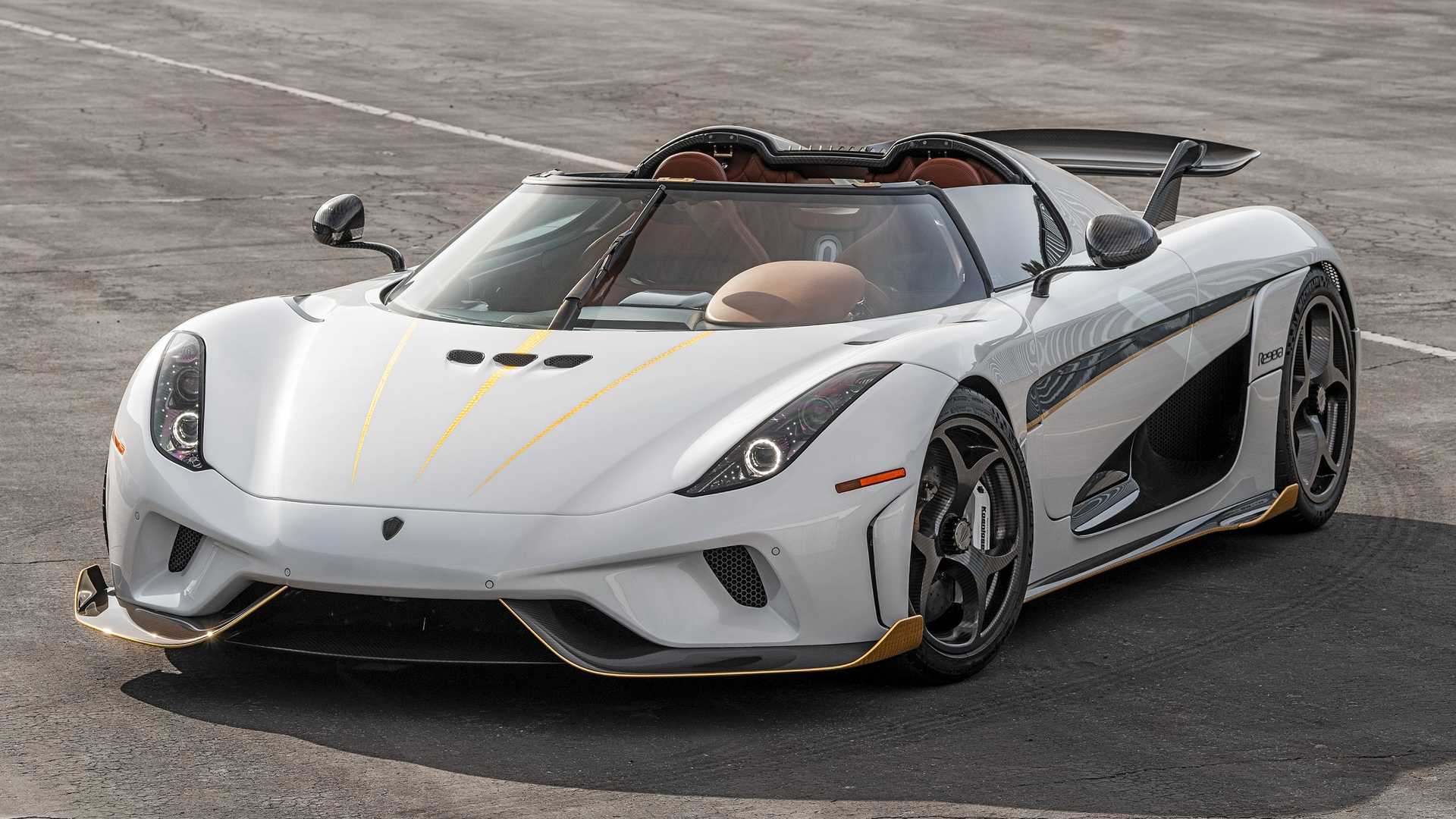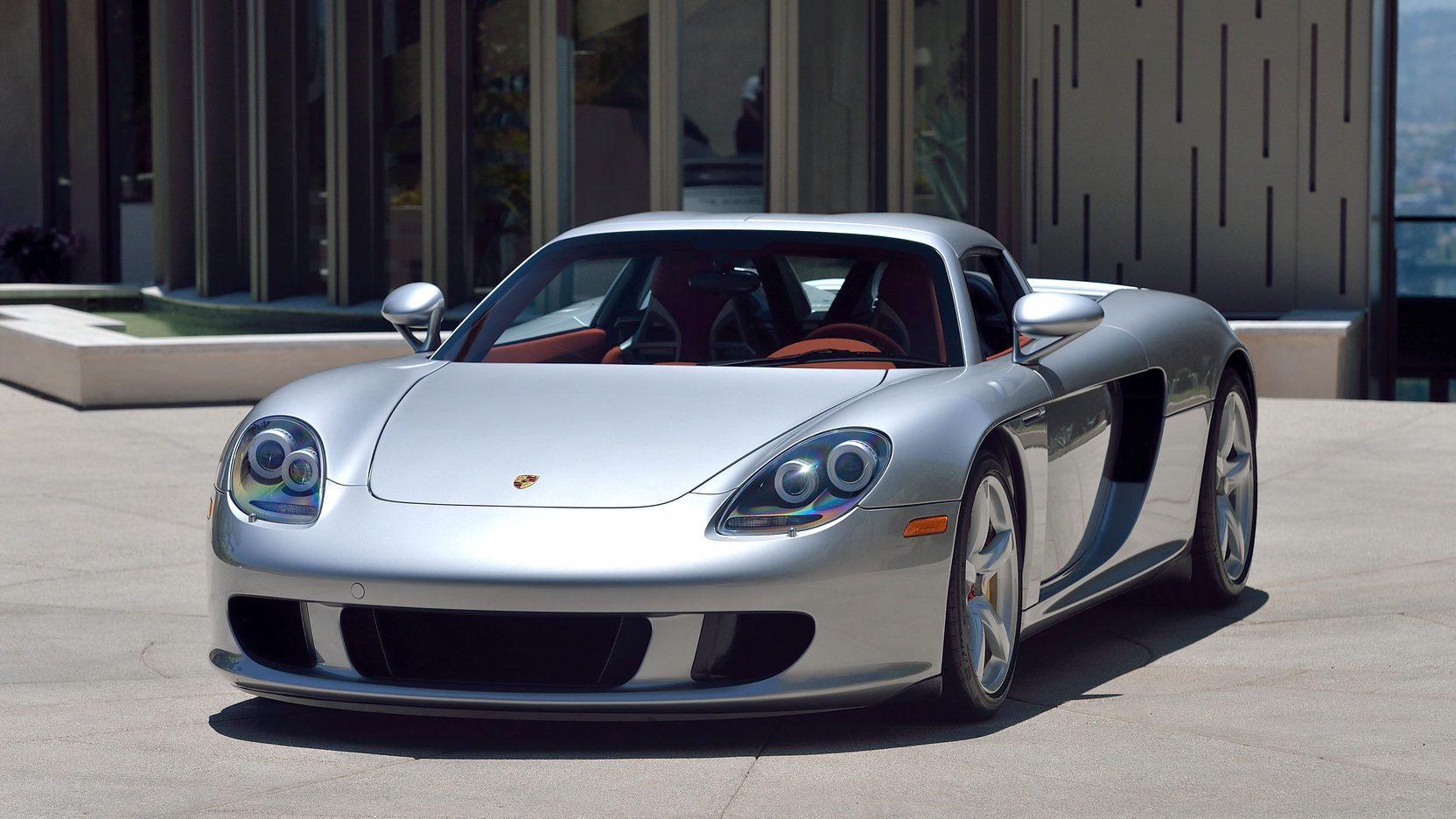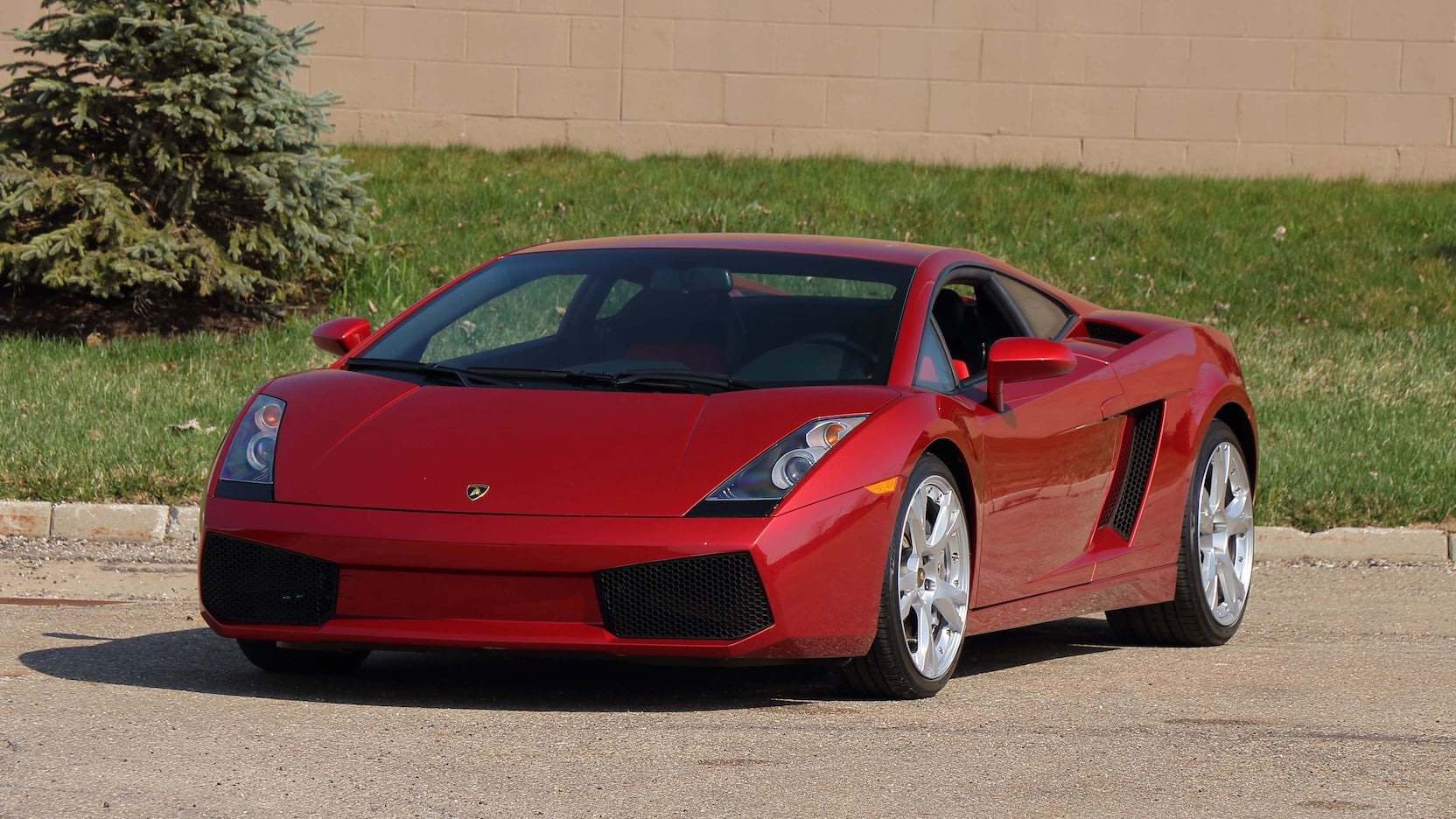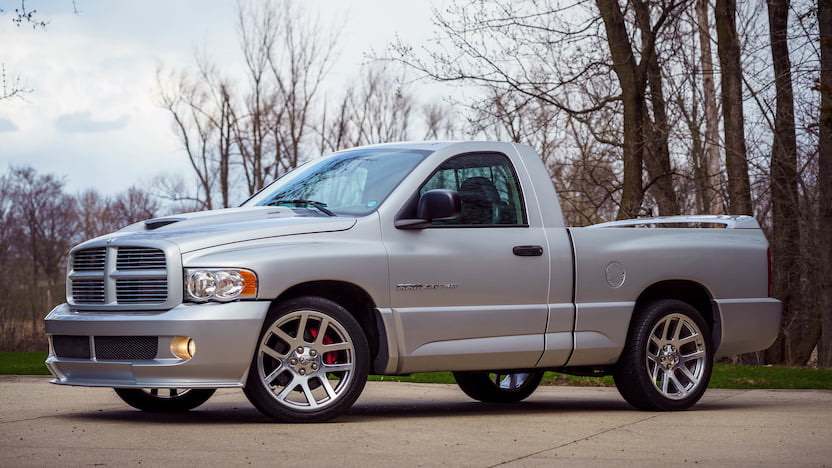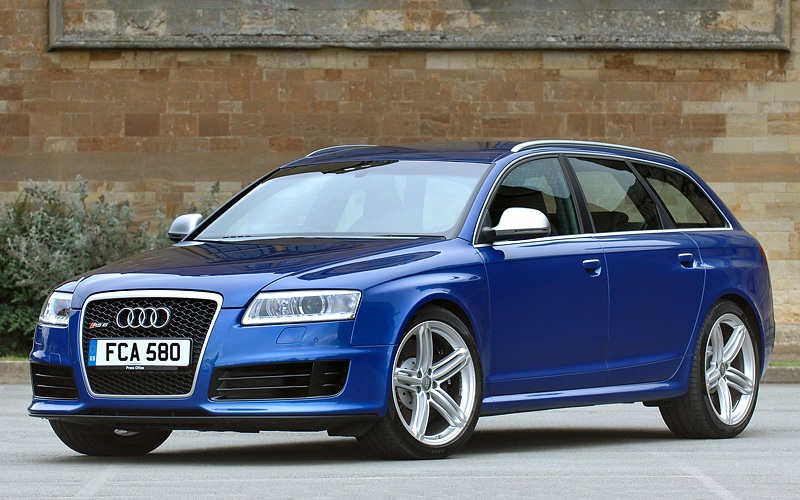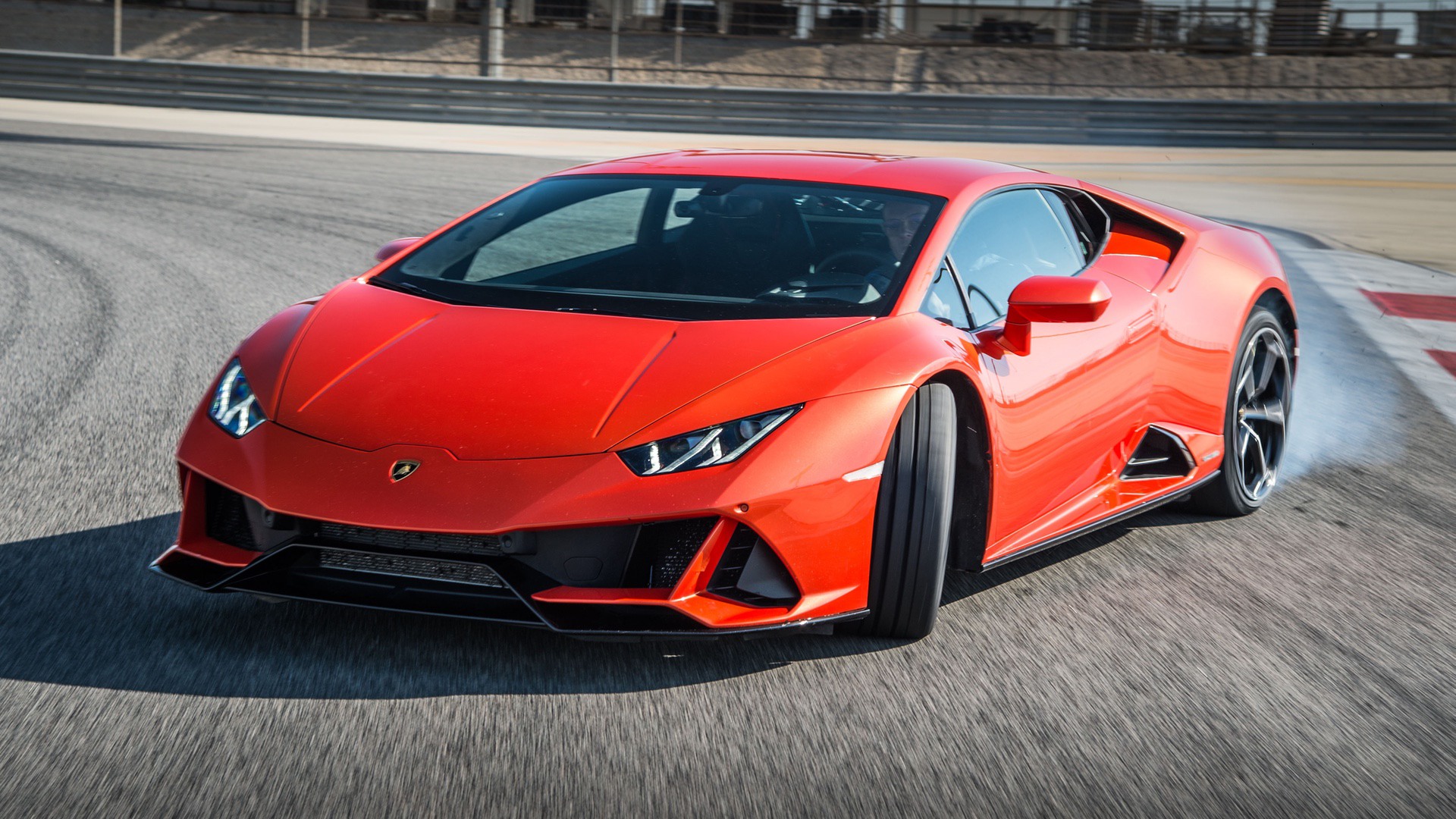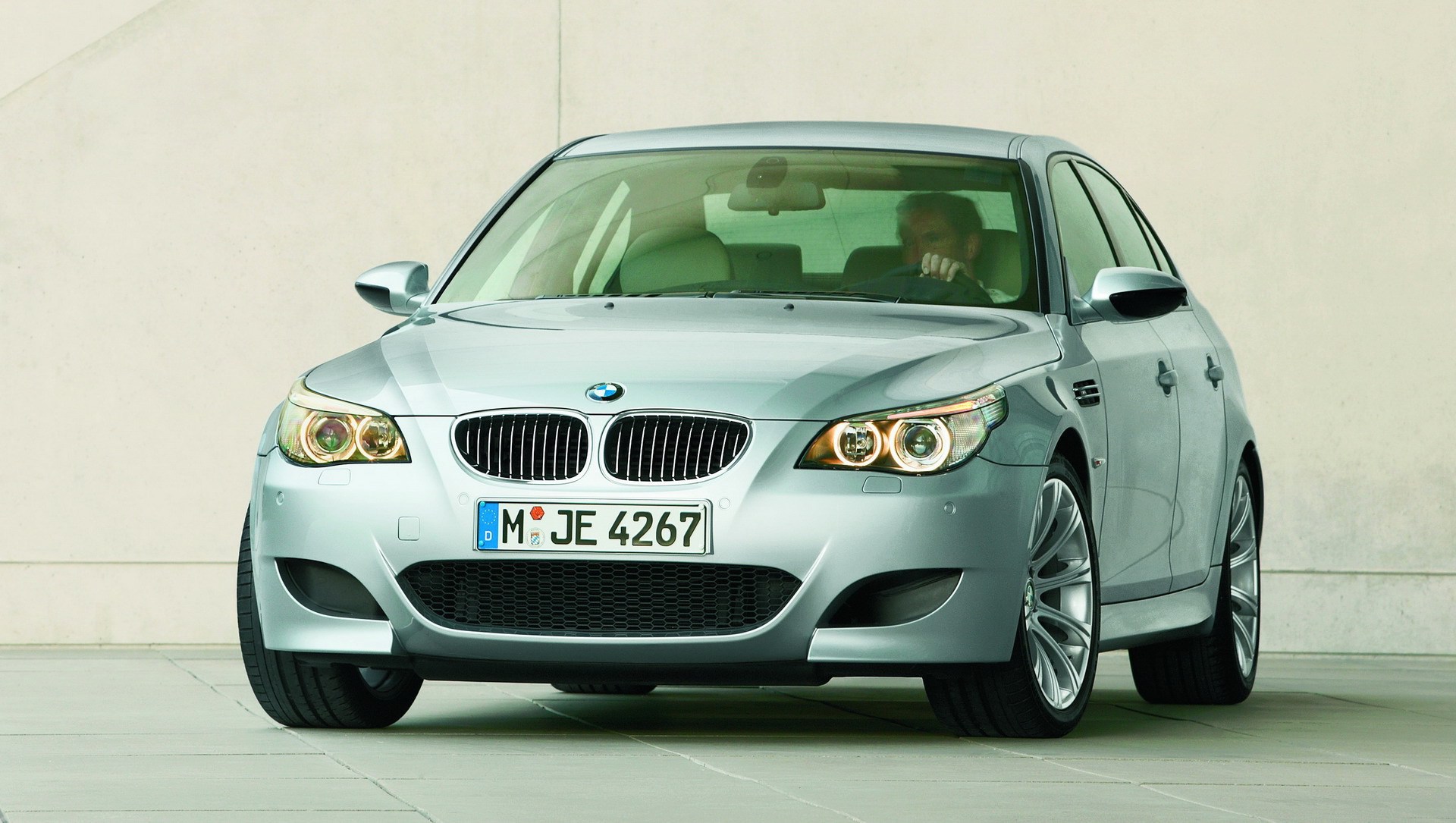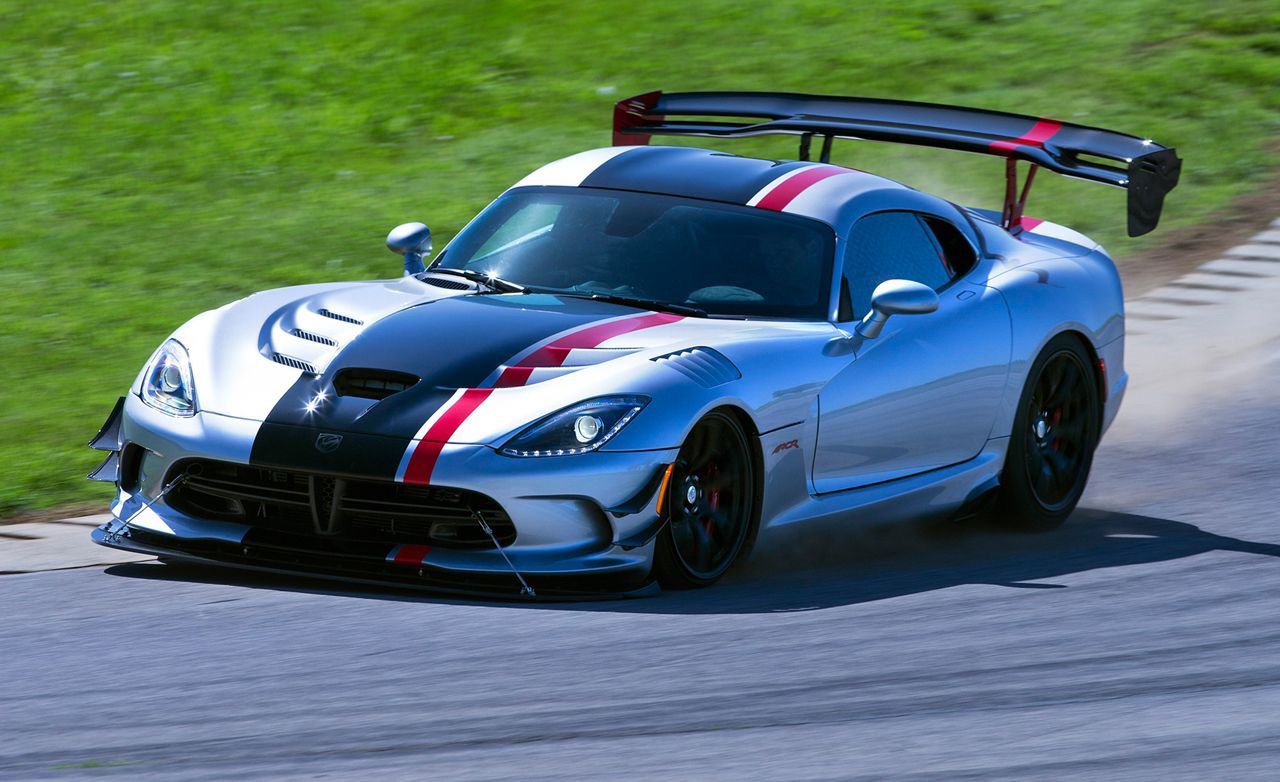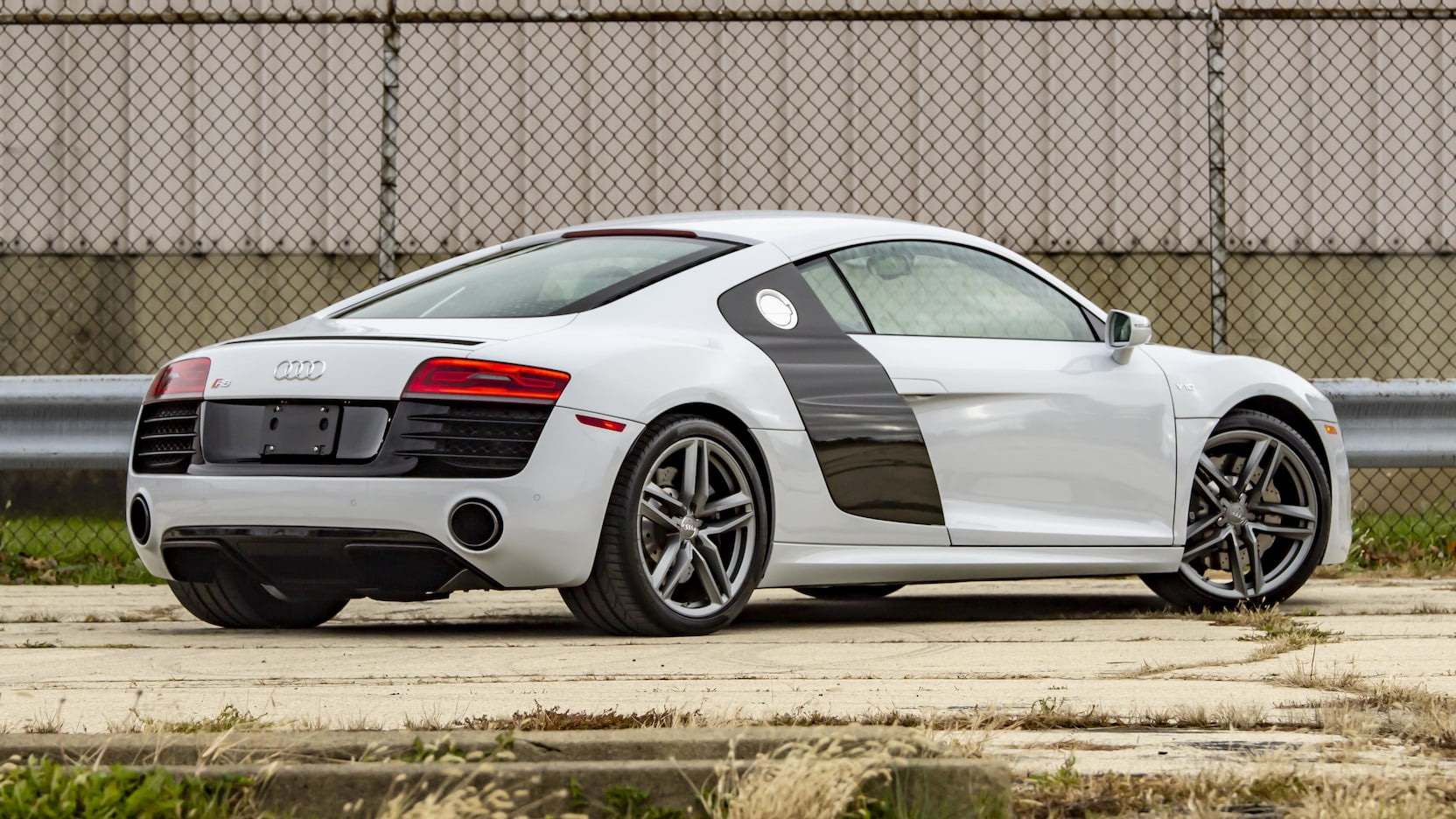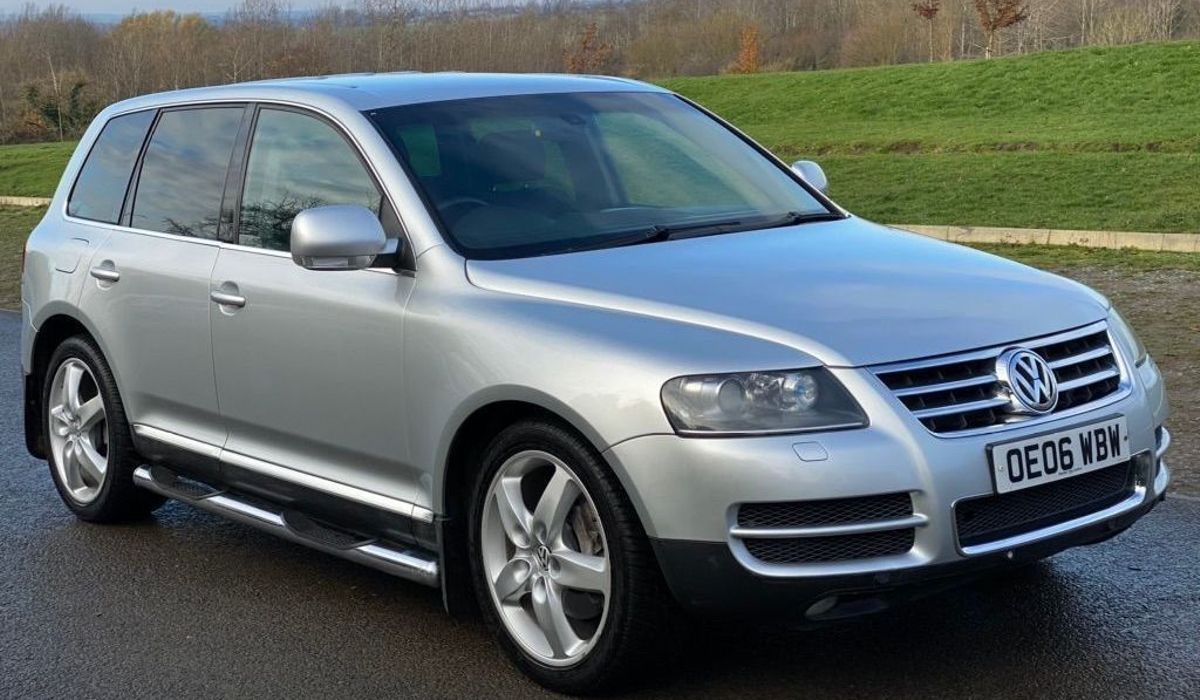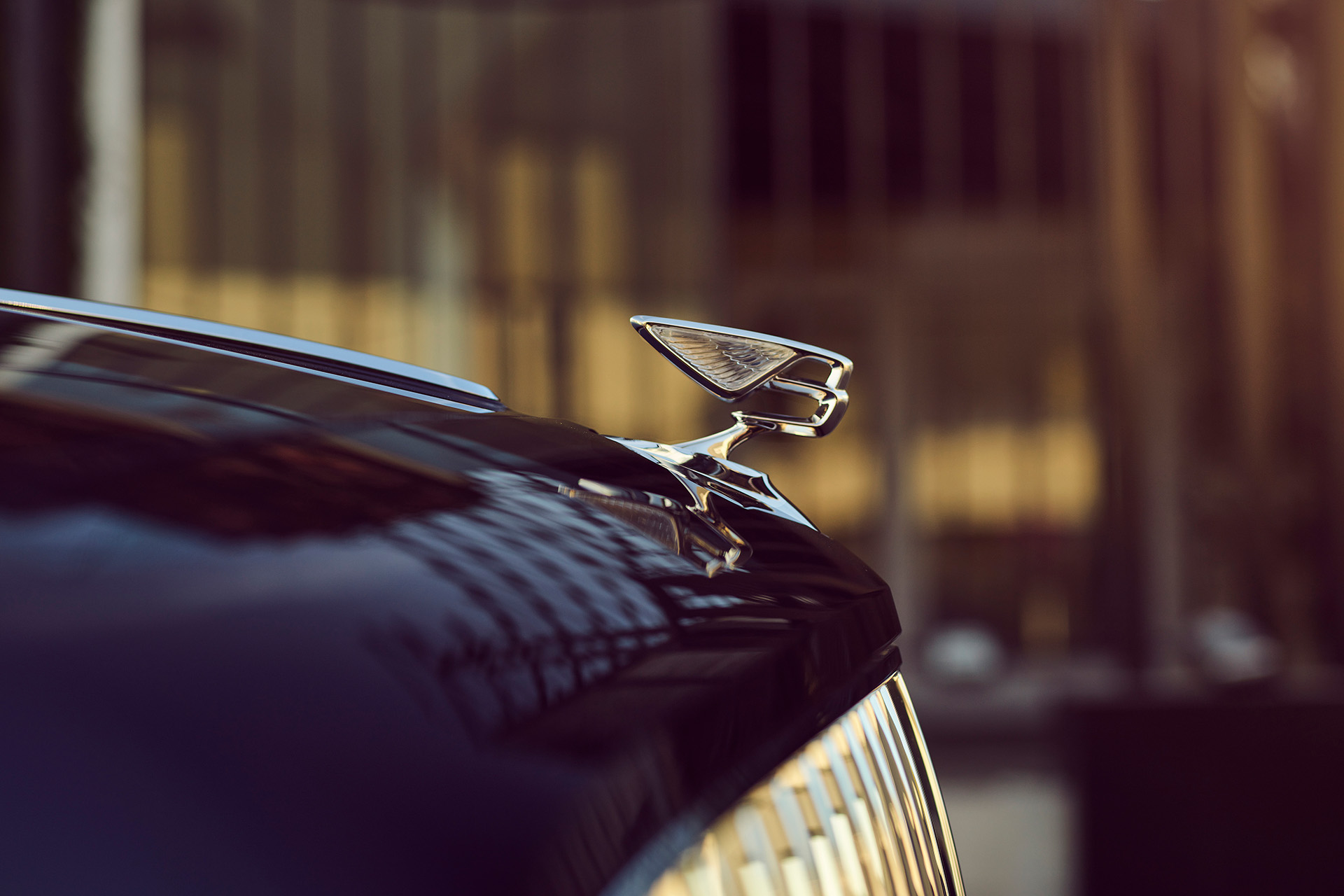The Safest Supercars On The Road Today
Throughout the history of supercars, safety has, at times, seemed like more of an afterthought than an actual priority. Power, looks, speed, and (to a large extent) prestige were often far higher up on the list, and these trends continued well into the 1980s.
However, when the 1990s arrived, there had been enough accidents and fatalities with supercars that brands finally started to pay more attention to the quality of their safety systems.
Now, 30 years after the first really safe supercars hit the showroom floors, safety has become probably the highest priority due to the birth of the hypercar age. These are vehicles that can travel in excess of 240 MPH, which many thought was the fastest a road car could go when the McLaren F1 was built for the sole purpose of being the greatest supercar in the world.
Advances in motorsports have also helped bring true race-grade safety design and driver safety aids to the forefront as well. The most prominent of these designs has also influenced supercar and hypercar design in the 21st century—what motorsports designers call the “safety cell,” but what is more commonly known as a monocoque.
We can wax on for ages about all the advances that have been brought to the fore through supercar design, but showing you what these advances have done for overall driver safety is far more effective. Quite a few manufacturers have played their part over time, and we will, of course, give the nod to them as we go over all the safety systems they brought forth.
What Are the Safest Supercars You Can Buy Right Now?
While there are many supercars out there, there are three that show safety advances in manufacturing methods, driver aids, and new materials better than any of the others.
Ferrari F40
You can’t talk about supercars without talking about one of the primary companies that brought the term to common usage. Before 1987, Ferrari was mostly concerned about selling cars with the brand logo on them to fund Scuderia Ferrari, the F1 racing team.
However, after the 288 GTO in 1984 woke the world up to what the Italians from Maranello could do when they actually tried, the first supercar designed to mimic the GT racing cars of the time (and the first to be made entirely of exotic materials) was released. We are, of course, talking about the Ferrari F40.
Oddly enough, the design concept of the monocoque being made entirely out of carbon fiber and the restraints being actual four point harnesses is still in use today at Ferrari. If you look at any of their “Speciale” cars, you will see that same basic engineering design in use—although with much more modern carbon composites.
The ultimate demonstration of this in the past few years is with the Ferrari 488, which has a twin-turbocharged V8 smack dab in the middle of the car and can reach ungodly speeds. Yet it scores nearly perfectly in the EuroNCAP crash test ratings, as well as the NHTSA ratings for America.
The 488 is famous for its side impact resistance without needing reinforcing beams in the doors, and, as you can see in the video below, it can survive a spin-out crash at 70 KPH (43 MPH)—hitting a solid fencepost and a tree trunk without the safety cell being compromised in any way.
Mercedes-AMG GT Coupe
When speaking about driver safety, another company that has been at the absolute cutting edge in terms of driver aids is Mercedes Benz. While many of their executive saloons and coupes have enough power to be considered supercars, they prefer to remain understated and are simply labled a “luxury brand.” But when you visit their AMG department, you come across one of the safest supercars that money can buy—the Mercedes-AMG GT Coupe.
Mercedes has had a long track record of driver aid and safety system firsts. They were the first manufacturer to have radar guided cruise control, the first with side curtain airbags as standard on all their cars, the first to develop crash detection and mitigation systems, and the like.
In the AMG GT (in any trim), this has become so advanced that even before the driver might even see or feel a possible crash happening, the dedicated safety computer will have already been acting for a second or more.
If the car detects a slide, it will apply traction control and braking to bring the car back into line. If it detects the driver is possibly getting hypnotized by the road or is tired, it will sound an alarm and automatically apply gentle braking.
Most importantly, if the computer detects that there is an unavoidable crash about to happen, it will apply emergency braking, tension the seatbelt, set the infotainment system to emergency mode (which can, if set up, automatically call emergency services using your phone), cut the fuel flow to the engine, and calculate which airbags need to be set off before the driver will have even moved his foot to the brake pedal.
Koenigsegg Regera, Agera, & Others
One of the safest supercars out there (which actually tickles at being a hypercar) is pretty much anything that comes from Swedish manufacturer Koenigsegg.
Koenigsegg supercars are known for being brutally powerful, astoundingly fast, and expensive enough to drain the average bank account dry 10 times over. But when you pay $1.5 million (or more) for your Koenigsegg, you are quite literally buying a car made out of the most advanced materials available to keep you safe.
While major manufacturers might seem like the place to go for materials research and development, it is in fact “the small guys” that do most of the work. A beautiful example is the development of carbo-tanium by Italian manufacturer Pagani, where threads of titanium are hand woven into sheets of carbon fiber to add elasticity so that the carbon fiber doesn’t shatter on impact.
Koenigsegg set out from day one to have the most advanced materials, the most revolutionary engines, and produce the best cars with those two items.
This led to the development of what Koenigsegg calls the “carbon honeycomb tub” as the main structural member of all of their cars, which is also the monocoque safety cell. After thousands of hours testing multiple grades of carbon fiber made at the factory and selecting the best types for the best places on the tub, this pre-impregnated carbon fiber is then bonded under extreme vacuum and heat to an aerospace grade aluminum honeycomb.
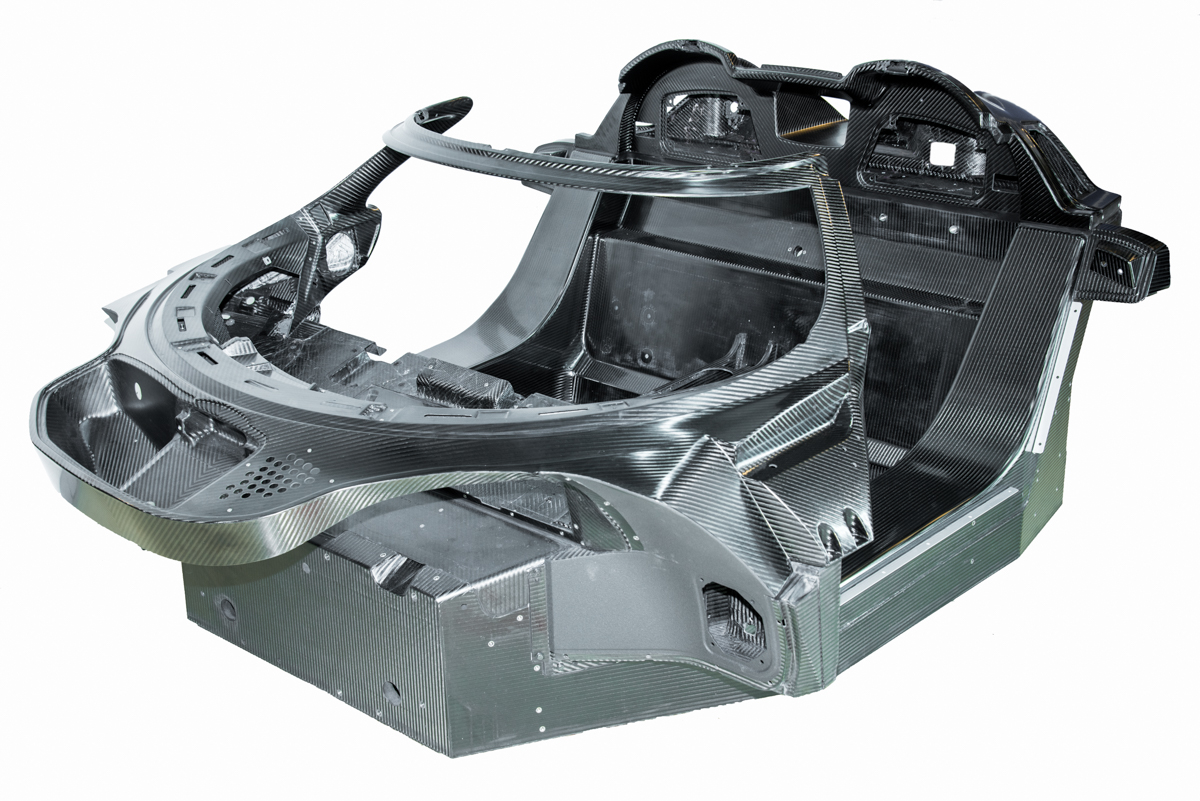 This is what a Koenigsegg Agera’s safety cell looks like before the car is built up around it. Via Koenigsegg.
This is what a Koenigsegg Agera’s safety cell looks like before the car is built up around it. Via Koenigsegg.
The result is a core stress member of the entire car that weighs less than the average European male, yet has a tensile strength that makes normal automotive steel and aluminum look like paper in comparison.
In fact, this tub is so strong that when the company was crash testing the Koenigsegg Agera, they would run it into a wall at twice the necessary speed for crash testing, replace any body carbon fiber that needed to be replaced, and then crash test the same tub from a different angle.
What Are the Causes of Supercars Being “Unsafe?”
This is both an easy and difficult question to answer.
The easy answer is that most supercars built in the 21st century are, in fact, quite safe. They have some of the most advanced traction control and stability systems, excellent tensile strength, and exotic materials far in excess of the bare minimum a car needs to have. They are also crash tested aggressively and extensively.
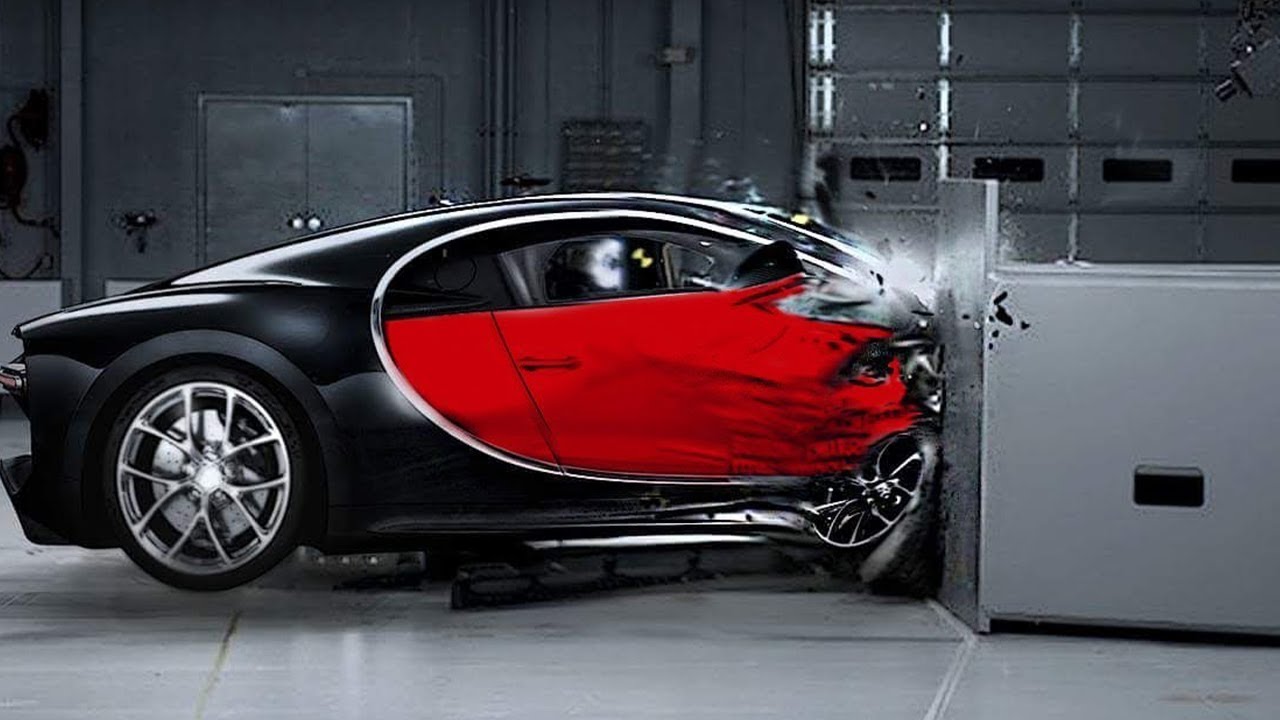 Via EuroNCAP and Bugatti Media. A crash test of a Bugatti Chiron at a full 80 MPH one-third offset. The minimum crash test speed for EuroNCAP is 30 MPH, but most cars are tested at 50 MPH and above. You can see the lines of the safety cell keeping the driver’s compartment intact as the car deforms around it.
Via EuroNCAP and Bugatti Media. A crash test of a Bugatti Chiron at a full 80 MPH one-third offset. The minimum crash test speed for EuroNCAP is 30 MPH, but most cars are tested at 50 MPH and above. You can see the lines of the safety cell keeping the driver’s compartment intact as the car deforms around it.
The more difficult answer is that what makes a supercar “unsafe” is also what makes them supercars: the engine. When you buy a Ferrari or an Aston Martin, you are buying pedigree and motorsports know-how. When you buy a Lamborghini, you’re buying the insane looks and the famous “wedged wing” body shape. When you buy a Bugatti, you’re buying the total engineering might of every company under the Volkswagen Group flag, focused on one car.
Yet, to a car, they are all about power. To make an example, take your average family hatchback, for example a Ford Fiesta, and put it side by side with a sports car like the Porsche 911 Carrera. Both are cars. Both are perfectly driveable in normal traffic, and both are engineered very well. Now turn that Fiesta into the corner-munching monster that is the Fiesta ST, and the Carrera into the 911 Turbo S supercar.
One is the best sporty hatchback (what the Europeans call a hot hatch) money can buy, with 201 HP and handling that was fine tuned and perfected by Ford Performance’s UK branch. The other is an all wheel drive monster, with 640 very German horses in a flat-six configuration. Both can break the speed limit of most cities in second gear by quite a margin, yet despite the absolutely fantastic crash test ratings and superb driver aids of the Porsche, it is still considered the more unsafe of the two cars.
This comes down to the water-powered organic computer that is part of every car, namely: you. With the little Fiesta ST, there’s enough power to throw you back in your seat and pull a grin across your face, but not enough to really get you in trouble. Pin the throttle in that Turbo S, however, and you’ve suddenly stepped on the button that activates warp speed.
The Porsche 911 Turbo S is one of the safest cars to be in on the road. It is engineered specifically to be an everyday supercar, which doesn’t need to sit in a climate controlled garage and isn’t afraid of rain or even snow. The simplest answer to the difficult question is, quite simply, the human operating the machine.
Are Supercars More Vulnerable to Non-Vehicular Safety Hazards?
We’ve all experienced driving tired at some point in our lives. You’ve had a long day at work, you’re still recovering from last month’s flu, and you haven’t been drinking as much water as you should have been during the day. You get behind the wheel of your car, and off you go onto the freeway.
The lines in the road, the lane markings, the constant, unending grey of the pavement—before you know it, you snap awake because someone is blaring their horn off to your right as you slowly meander that way.
In your everyday city, fatigued driving is a factor in many rush hour accidents (although the damage is usually more to the vehicle, through its designed crumple zones and safety systems, than to the driver). Now, flip that experience around and imagine what happens if you doze off behind the wheel of a 700 HP carbon fiber monster?
That moment of the weight of your unconscious leg pushing down on your foot—and thus, the accelerator—before you snap awake is enough to send a supercar into triple digit speeds.
However, there is one cause above all else that doesn’t discriminate by wealth, car, class, background, or creed. Distracted driving is now one of the leading causes of motor vehicle accidents and is quickly becoming the number one cause of fatalities during those accidents (for more info, check the IIHS 2019 motor vehicle fatalities snapshot from the US Department of Transportation).
A full 6% of all fatal crashes involved distraction, with 62% being attributed to loss of awareness of driving (or daydreaming) and another 13% being attributed to non-urgent use of electronics such as cell phones or infotainment systems.
During our research for this piece, we connected with several experts to get their ideas on why the above may be true. According to Dennis Hernandez & Associates, rates of distracted driving are higher among supercar owners (or at least, lawsuits with them as a factor are higher).
This can be attributed to the fact that many supercars (and even hypercars, nowadays) have their safety systems and materials on proud display in their information brochures and owners manuals. The marketing for these cars, to an extent, has become so much like that of “normal” cars that buyers are treating them the same way when they’re behind the wheel.
But supercars are, for the most part, race cars for the road. They are the distilled and purified essence of the driving experience, of feeling at one with the machine and hearing the howling power of the engine racing through your blood and brain. They are meant to go faster, corner harder, brake harder, and perform in ways that the average car can’t. They are pieces of pure adrenaline, contained in carbon fiber.
So when you get behind the wheel of a Lamborghini Aventador, get on the freeway, and then start checking your phone for messages from work, you’re driving distracted. All the safety systems in the world won’t help you if you don’t focus on the actual task of driving—and you need to be hyper-aware in a supercar because even the smallest twitch of your foot can send many of them into warp speed.
So Why Do People Say Supercars Are “Unsafe?”
While distracted driving is one of the leading causes of accidents (and becoming one of the leading causes of fatalities on the road), supercars and hypercars barely make any impact on injury accidents and fatality statistics.
To prove the point, we couldn’t find any meaningful numbers at all from the IIHS regarding high performance cars. The closest car to a supercar mentioned there was the Audi S6, which had a total of 3 fatalities in 2015.
However, because these crashes and accidents are so exceedingly rare, when one does happen, it’s big news. And since America is a very litigious nation, civil lawsuits regarding damages, insurance write-offs, and both medical and emotional trauma are more likely to be filed against the driver of a supercar involved in an accident because, frankly, it is a fairly blatant and loud display of wealth.
The truth of the matter is that all the safety features that now come standard on most average cars are there because supercars and hypercars had them first.
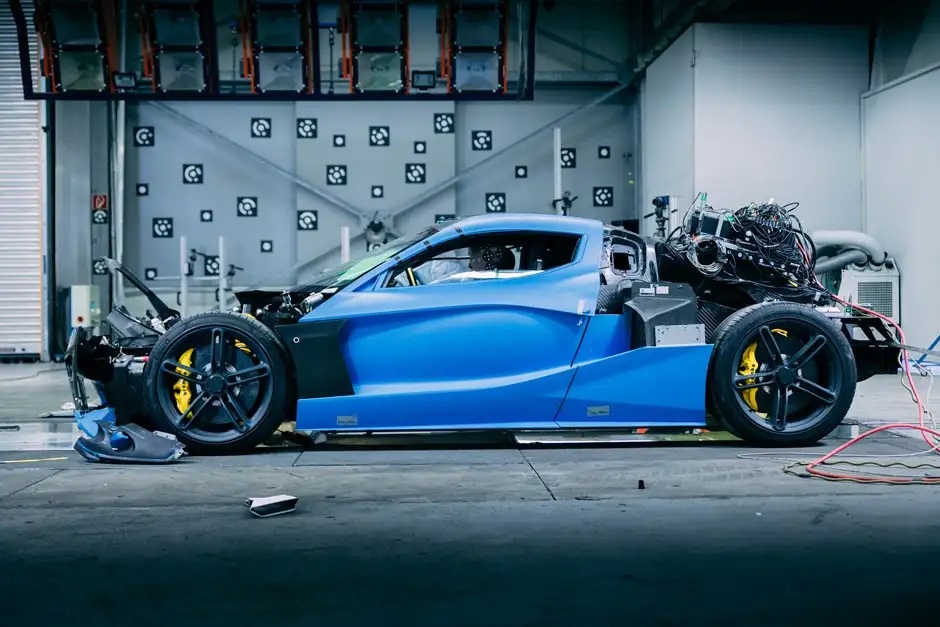 Via Rimac. A Rimac Nevara (at the time of the testing the C_Two) crashed repeatedly from the front and back, on the same safety cell, without it deforming due to advanced carbon composite materials.
Via Rimac. A Rimac Nevara (at the time of the testing the C_Two) crashed repeatedly from the front and back, on the same safety cell, without it deforming due to advanced carbon composite materials.
Hybrid drive? Thank Audi, Toyota, and Porsche for that one with their racing cars. Direction sensing safety systems to deploy the right airbags for maximum safety faster than a human can think? Mercedes-AMG takes that one handily with their C36 AMG. Crumple zones on your car that are designed to deform to protect the driver? The BMW E36 M3 was the first high-performance “supercar” to test it out, and now all cars are made with crumple zones.
It’s not the car that’s unsafe. You are more likely to survive a crash, in fact, in a supercar or hypercar because of the inherent strength of carbon fiber and the array of safety systems that come with the high price tag.
It’s the drivers of supercars and hypercars that are unsafe, and at a rate below that of “normal” car drivers. So the next time you see a supercar pass by, rest assured in the knowledge that five to ten years down the road, your car will have the same safety systems that half-million dollar car does.

